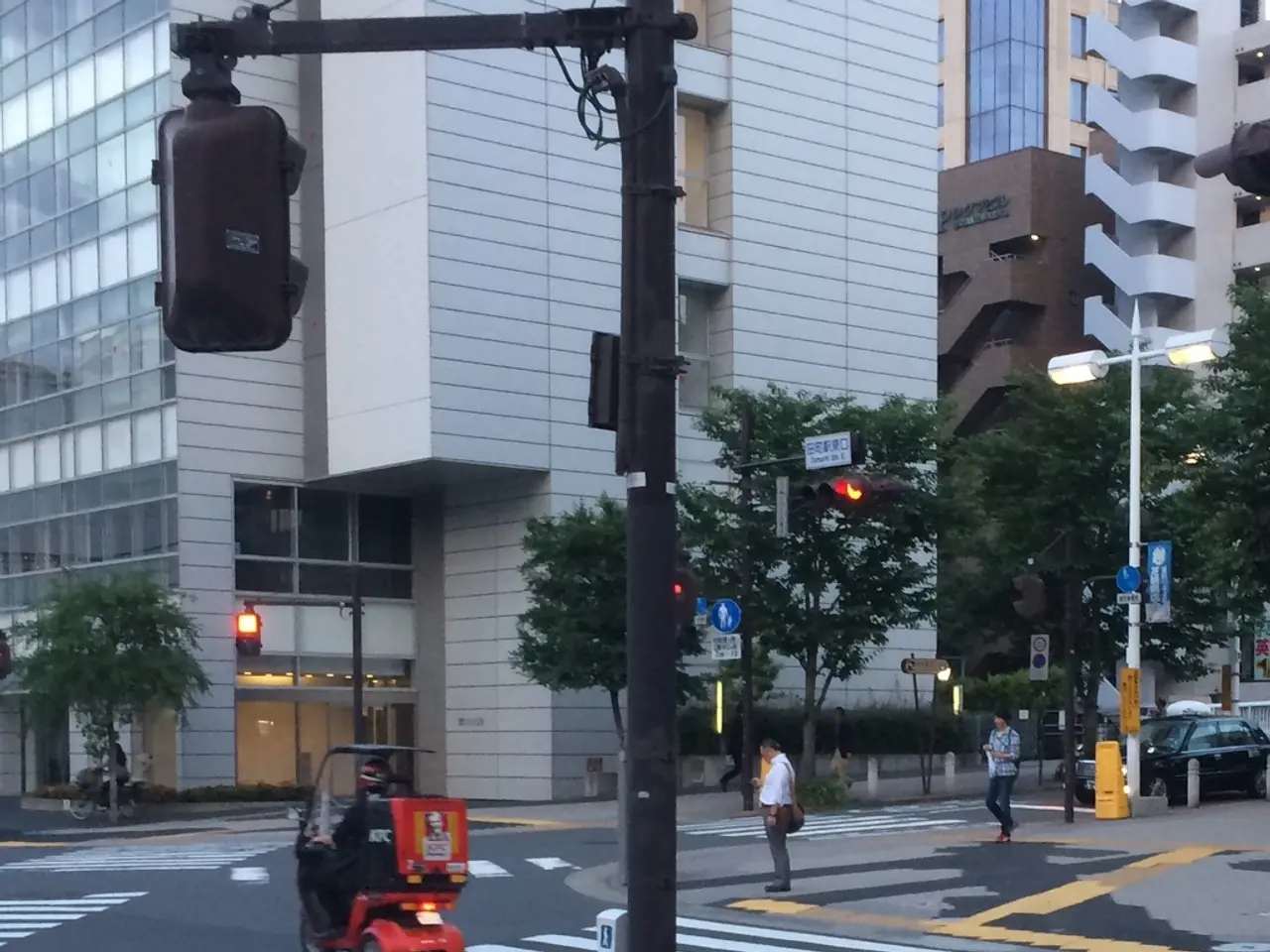Every photographer ought to possess a polarizing filter, and currently, these affordable filters are only available for $30.
==========================================================================================
In the realm of photography, circular polarizing filters (CPLs) have become an essential tool for many photographers. These filters help control reflected light, much like polarized sunglasses, offering a range of benefits and drawbacks.
Hillary K. Grigonis, a leading US photographer and writer for Digital Camera World with over a decade of experience, is a proponent of CPLs. Her wedding and portrait photography favours a journalistic style, and she is a licensed drone pilot, using CPLs to enhance her aerial shots.
CPLs primarily benefit photographers by reducing glare and reflections from non-metallic surfaces like water and glass, enhancing color saturation (especially blues in skies and greens in foliage), and reducing haze for clearer images. They allow creative control over reflections, sometimes even enhancing them, which can improve landscape, portrait, travel, and street photography.
However, CPLs have drawbacks. They reduce the amount of light entering the lens, necessitating adjustments to exposure settings (ISO, shutter speed) especially in low light conditions. They also need frequent adjustment as the effect changes with the angle of light and camera position. Using CPLs on wide-angle lenses can cause vignetting (darkened corners), and they may interfere with autofocus and metering on some camera models.
High-quality CPLs can be relatively expensive and add to the gear load for photographers and videographers. However, deals like the current one at B&H Photo for the discounted Hoya Circular Polarizing Filter, available in various sizes (49mm, 52mm, 55mm, 58mm, 62mm, 67mm, 72mm, and 77mm) and priced at $14.90 to $29.90, offer a savings of up to 50%. With an average user rating of 4.5 stars, this filter is a popular choice among photographers.
Photographers new to CPLs should note that the results will also depend on the angle that the reflected light is coming from. A small ring built into the filter allows photographers to control the reflection.
For those looking for a polarizing filter under $30, the Tiffen Circular Polarizing Filter is another option. It is included in our guide to the best polarizing filters.
In summary, CPLs offer a valuable but sometimes challenging tool that requires understanding and practice to maximize their creative advantages. With the right knowledge and the right filter, photographers can significantly improve their work.
[1] Digital Camera World [2] B&H Photo [3] The Phoblographer [4] Rangefinder Magazine
- Hillary K. Grigonis, a photographer and writer for Digital Camera World, often uses circular polarizing filters (CPLs) in her work, particularly for wedding and portrait photography.
- CPLs are beneficial in photography as they reduce glare and reflections, enhance color saturation, and control reflected light, which can improve landscape, portrait, travel, and street photography.
- However, CPLs can also pose challenges, such as reducing the amount of light entering the lens, necessitating adjustments to exposure settings, and causing vignetting on wide-angle lenses.
- High-quality CPLs can be expensive, but deals like the current one at B&H Photo offer savings of up to 50% on filters like the Hoya Circular Polarizing Filter.
- For those on a budget, the Tiffen Circular Polarizing Filter is another option, although it may be less effective than higher-end filters.
- Photography gadgets and technology continue to evolve, with mirrorless cameras and drones becoming popular tools for photographers and videographers.
- In addition to CPLs, other essential photography tools include lenses, video cameras, and editing software.
- Mastering the focus, aperture, and shutter speed settings on a camera can significantly improve the quality of photos and videos.
- Technology enables us to capture and create stunning visual content, from landscapes to portraits, and even videos, opening up new possibilities in the realm of photography.




